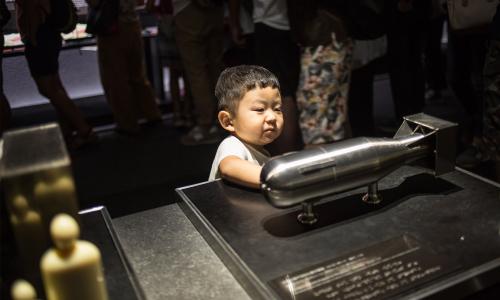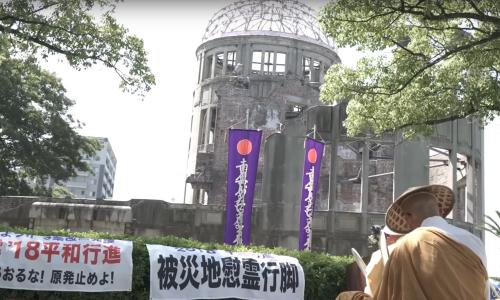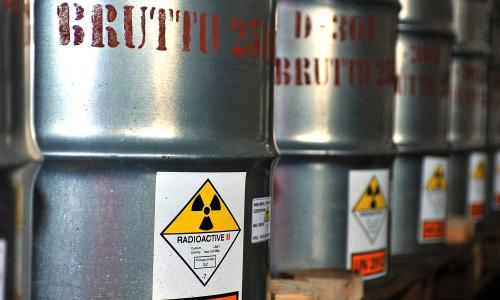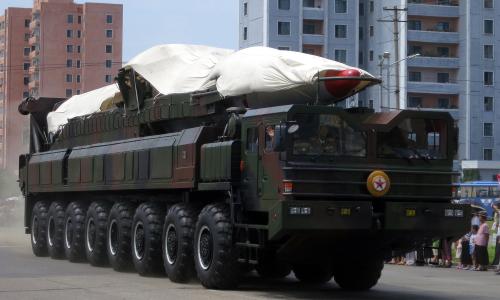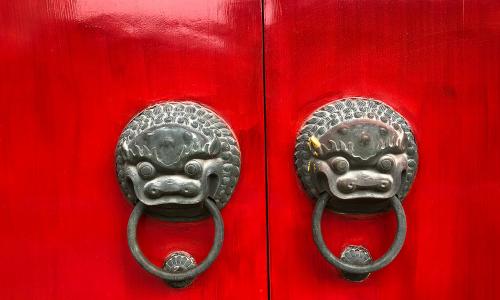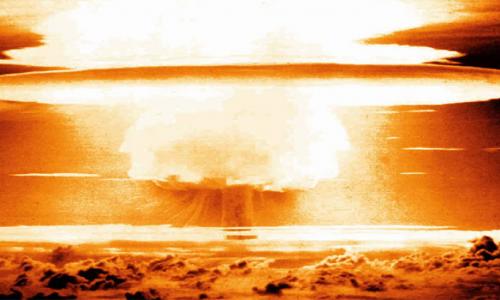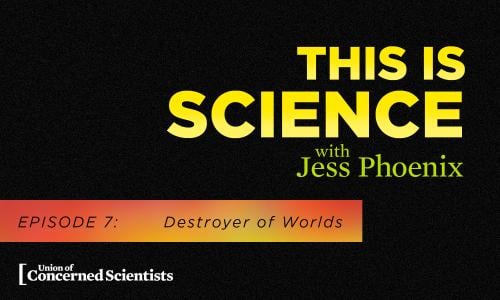Table of Contents
Nuclear weapons are the most inhumane and devastating tools of war ever created. They're also tools of white supremacy.
In the words of author and activist Arundhati Roy, “the nuclear bomb is the most anti-democratic, anti-national, anti-human, outright evil thing that man has ever made.”
Yet despite the extreme nature of these weapons, there are little to no opportunities to participate in decisions or advocacy around nuclear weapons for most people living in the United States.
This reality is deeply unjust, and symptomatic of a world order that prioritizes the perspectives and experiences of elite, wealthy, white men. The only path to true human security begins with fundamental changes to the way nuclear weapons decisions are made—and ends with the abolition of nuclear weapons as one piece of creating an equitable world.
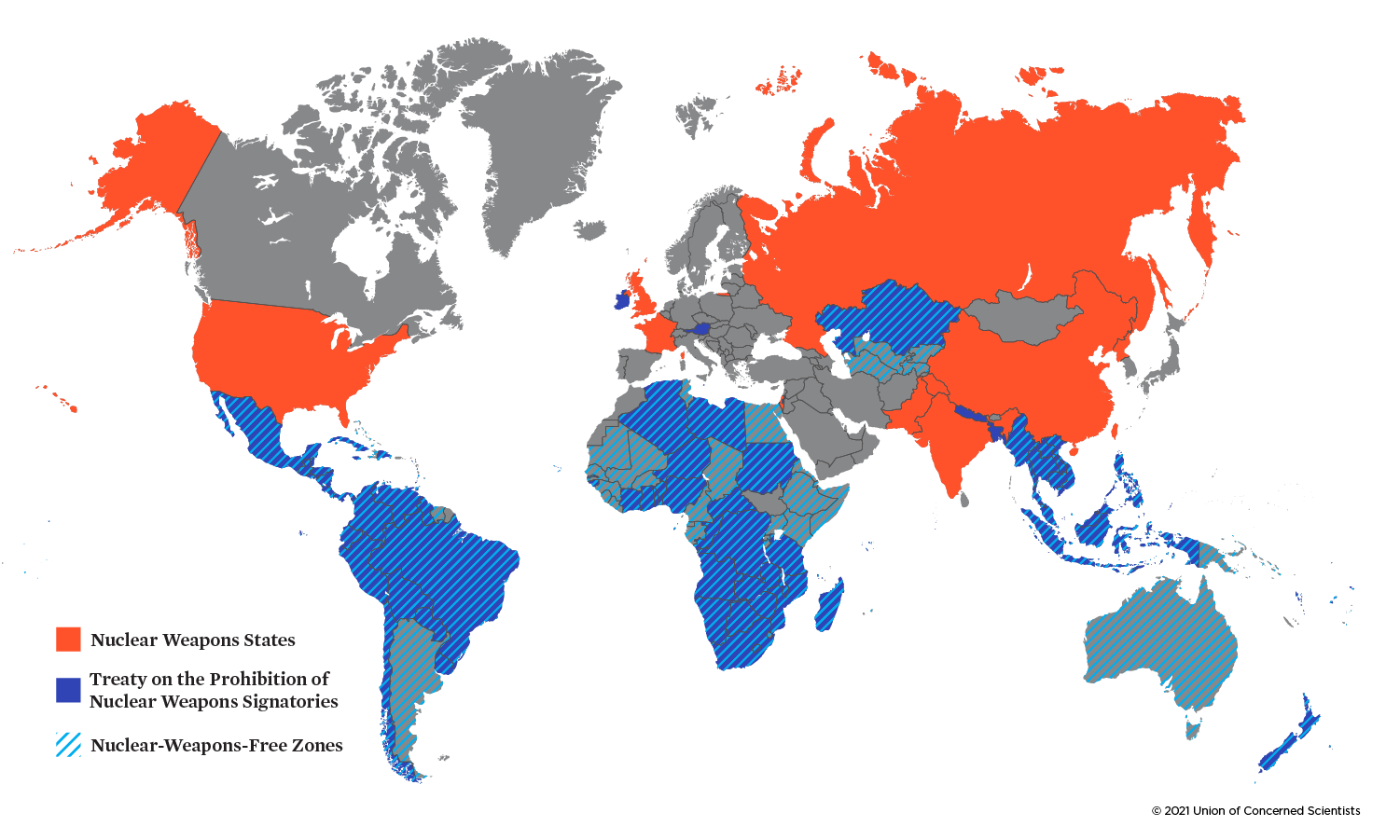
Who has a seat at the table?
In the United States, nuclear weapons policies are decided by the president. They alone have the sole authority to order a nuclear strike (a policy that should be changed immediately). A web of military contractors, a few defense officials, and members of Congress buoyed by donations from lobbyists, control billions of dollars in spending on nuclear weapons.
Voices of women and Black, Indigenous, and people of color are vastly underrepresented in these decision-making circles, and constituents’ views are often left out of the discussion.
From a global perspective, any system that permits a handful of nuclear-armed countries to threaten the survival of the rest of humanity, with no accountability, is fundamentally unjust. The Treaty on the Non-Proliferation of Nuclear Weapons (NPT), has been the cornerstone of the international effort to prevent the spread of nuclear weapons—but even it allows five countries—the United States, Russia, China, France and the United Kingdom—to possess nuclear weapons indefinitely.
Still, most countries have chosen not to possess nuclear weapons. Countries without nuclear weapons, especially in the global south, are powerful advocates for nuclear disarmament. Because of their leadership, more than half of the habitable world belongs to a nuclear-weapons-free zone. In 2017, led by many of those same countries, negotiations concluded on the Treaty on the Prohibition of Nuclear Weapons (TPNW).
Known informally as the ban treaty, it represents a critical shift in thinking about nuclear weapons, rejecting their supposed strategic or security role while recognizing the catastrophic humanitarian consequences of their development and use.
The legacy of Hibakusha
When the United States dropped atomic bombs on Hiroshima and Nagasaki, tens of thousands of civilians were killed instantly. By the end of 1945, the blast, burns, and radiation from the atomic bombings had killed more than 210,000 people.
Survivors, called hibakusha, suffered not only physical aftereffects of radiation such as cancer, but also life-long psychological trauma and social discrimination from the stigma of being a survivor. American and Japanese scientists studied the effects of radiation on hibakusha—with US studies criticized for focusing on military-related research rather than providing survivors with medical treatment.
Despite the stigma, many hibakusha shared their experiences widely and continue to advocate for a world free of nuclear weapons.
Immediately after the bombings, people began to question both the morality of nuclear weapons and the role that anti-Japanese racism and dehumanization played in the choice to use these devastating weapons. Black American leaders in particular were early critics of the bomb and among the first to question whether President Truman’s decision to use it was influenced more by white supremacy than military necessity.
Nuclear frontline communities
The devastating truth of nuclear weapons is that the enormous harm they cause did not end with the bombings of Hiroshima and Nagasaki. Nuclear frontline communities have been directly harmed by the extraction, production, testing, clean-up, and storage of nuclear materials and weapons. People in these communities—who are often Indigenous, people of color, poor, and/or rural— continue to grapple with historical and ongoing exposure to radiation and toxins.
In almost every case, these communities were not notified about their exposure to harmful toxins and had little say in the decisions that directly impact their health and wellbeing—a textbook example of environmental racism.
Despite unwavering advocacy from many frontline communities, they are left to rely on an inadequate patchwork of programs and laws that fail to fully and fairly address the harms they have experienced at the hands of the US government.
Our community
It is important to acknowledge that even the organizations that advocate for eliminating nuclear weapons and reducing the nuclear threat, including groups like UCS, have not always been inclusive. The anti-nuclear field continues to be largely white and male, and too often privileges traditional and exclusive definitions of expertise. We must recognize how true security is deeply connected to other issues that impact people’s daily lives, including climate change, racial justice, public health, and economic security.
One of the best chances for success in the nuclear policy space is through building relationships with communities that were previously excluded from the conversation, thereby bringing a plurality of voices to this issue.
It's time to rethink what security means for all—and to question outdated thinking that reinforces the status quo.
